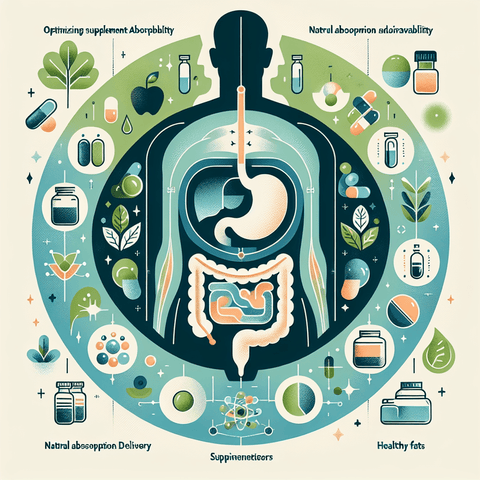Nutrient uptake begins at the root surface, where minerals dissolved in soil water meet the plant’s living tissues. In the root zone, minerals are absorbed through root hairs and the epidermis, then move through apoplastic and symplastic pathways toward the stele. This initial phase handles a range of essential minerals, from macronutrients like nitrogen, phosphorus, potassium, calcium, magnesium, and sulfur to micronutrients such as iron, manganese, zinc, and copper. From the root interior, these minerals are loaded into the xylem and transported upward with the transpiration stream, forming the core journey of nutrient uptake. Inside the root, specialized transport processes drive nutrient uptake. Ion uptake relies on diffusion and active transport, powered by proton pumps that create a favorable energy gradient across the plasma membrane. Different nutrients use distinct transporter systems to cross cell membranes, such as nitrate transporters for NO3- and phosphate transporters for PO4^3-, among others. After entry, minerals are mobilized into the xylem for long-distance transport, with some nutrients also redistributed through the phloem according to developmental needs. The efficiency of nutrient uptake is closely linked to root architecture, since more surface area from root hairs and lateral roots expands the capacity to absorb minerals. Soil conditions play a decisive role in nutrient uptake by shaping mineral availability and root access. Soil pH changes the solubility and charge properties of minerals, making certain nutrients more or less accessible to roots. Texture and structure influence water retention, aeration, and diffusion rates, all of which affect the rate at which nutrients reach the root surface. Organic matter enhances cation exchange capacity and can stabilize minerals in forms that roots can take up. Mycorrhizal fungi form networks that extend the effective root surface, improving nutrient uptake—particularly for phosphorus and some micronutrients—through cooperative transport to the plant. Adequate soil moisture and balanced salinity further support efficient nutrient uptake by maintaining steady movement of minerals toward roots. In summary, nutrient uptake is an integrated process that connects soil chemistry, microbial partnerships, root development, and plant transport systems. Understanding how soil conditions boost growth through optimized nutrient uptake helps explain why some environments support stronger plant performance. By considering soil pH, texture, organic matter, and beneficial microbial relationships, land managers and gardeners can foster conditions that enhance nutrient uptake and sustain plant growth over time.

